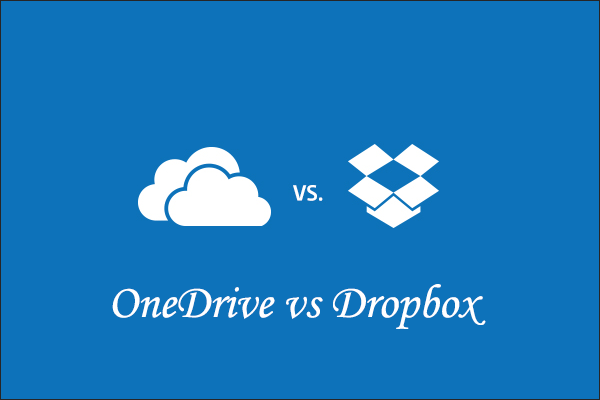

It now offers several new features, such as the ability for teams to collaborate by adding comments to a shared file or to sign and notarize documents online.ĭropbox has also achieved consistent profitability on a non-GAAP basis. To drive customers to higher payment tiers, Dropbox invested in product improvements this year. So it makes sense that part of Dropbox's growth strategy is to convert registered users of its free product to paying customers as well as to upsell existing paying clients. Of those, less than 3% pay for the service.Įven with such a small percentage of paying customers, Dropbox's revenue is approaching $2 billion.

Thanks to its mass-market approach and early entry into the space, Dropbox has amassed more than 600 million registered users.

While concerns exist, there are several positives about the company. It makes sense that investors are shying away from the stock. But in Dropbox's case, this could be working against the business as it battles competitors and a decelerating revenue growth rate, an indicator that its potential is waning. Sure, many companies operating in the tech sector are valued more on potential than on profit. In Q3, its net loss was $17 million, nearly triple the $5.8 million lost in the same period last year. In addition, Dropbox has failed to turn a profit under generally accepted accounting principles (GAAP).


 0 kommentar(er)
0 kommentar(er)
